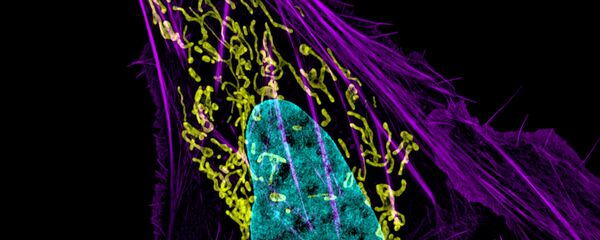“Scientists have dreamt of nanomachines that can navigate in water, sense their environment, communicate, and respond,” says the description of the device published in the Proceedings of the National Academy of Sciences (PNAS) magazine.
However various power sources and propulsion systems which have been proposed earlier lacked speed, strength, and control.
The current invention seems to be different.
The forces exerted by these tiny devices are several orders of magnitude larger than those for any other previously produced device, with a force per unit weight nearly a hundred times better than any motor or muscle, explains scientific website Phys.org.
According to the researchers, the devices are also bio-compatible, cost-effective to manufacture, fast to respond, and energy efficient.
"Like real ants, they produce large forces for their weight. The challenge we now face is how to control that force for nano-machinery applications,"Professor Jeremy Baumberg from the Cavendish Laboratory, who led the research, told the website.
The prototype device is made of tiny charged nanoparticles of gold, each about 0.06 microns, or a thousandth of the width of a human hair bound together with temperature-responsive polymers in the form of a gel.
When the 'nano-engine' is heated to a certain temperature (above the critical temperature of 32C) with a laser, it stores large amounts of elastic energy in a fraction of a second, as the polymer coatings expel all the water from the gel and collapse.
This has the effect of forcing the gold nanoparticles to bind together into tight clusters.
But when the device is cooled (below 32C), the polymers absorb water and expand, and the gold nanoparticles are strongly and quickly pushed apart, like a spring.
"We know that light can heat up water to power steam engines," said study co-author Dr Ventsislav Valev, now based at the University of Bath. "But now we can use light to power a piston engine at the nanoscale."
The research suggests how to turn Van de Waals energy — the attraction between atoms and molecules — into elastic energy of polymers and release it very quickly.
"The whole process is like a nano-spring," said Baumberg. "The smart part here is we make use of Van de Waals attraction of heavy metal particles to set the springs (polymers) and water molecules to release them, which is very reversible and reproducible."
The Ant might drive a nanobot through a series of piston strokes, rather like a car engine but on a scale many billions of times smaller.
The team is working with Cambridge Enterprise, the university’s commercialization arm, to develop practical applications for the technology.




